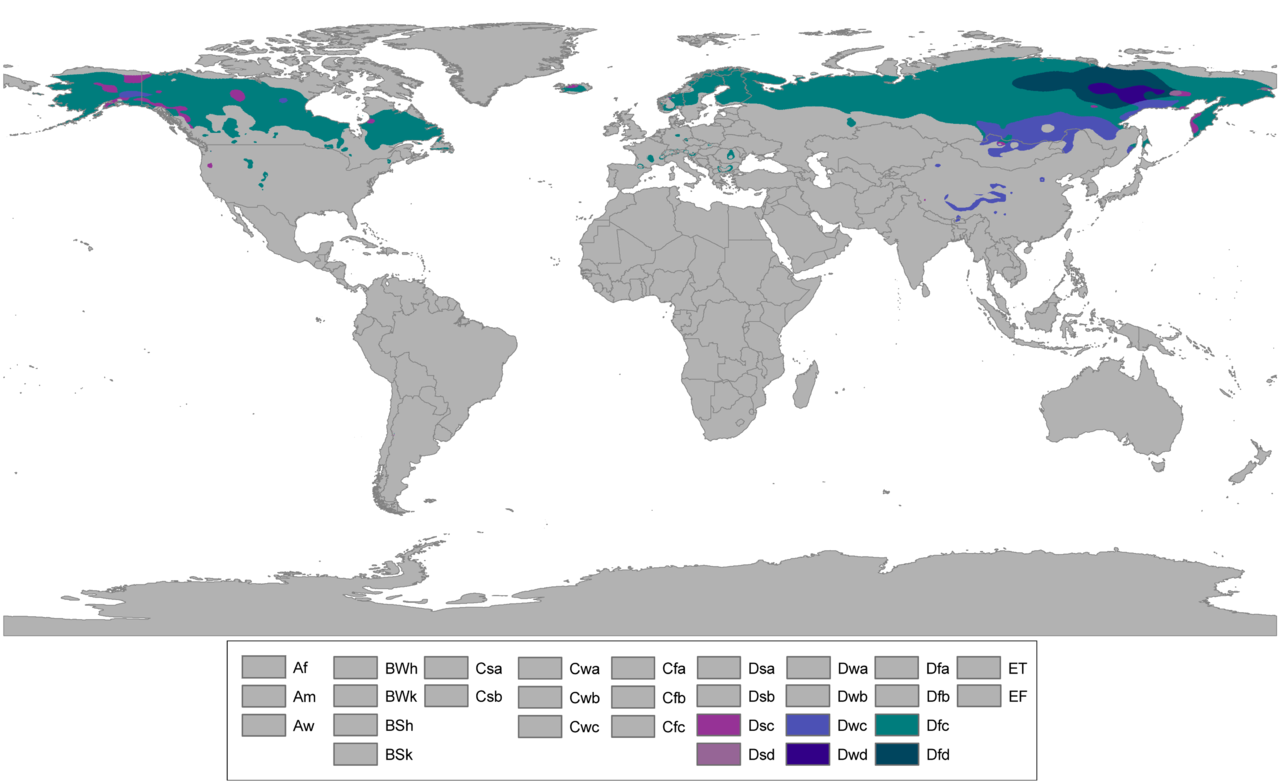What 'medieval calculator'? And that aside, the issue is that if you need 'ten thousand' medieval-era people to support
one dragon, how are you supporting dragons before that time period? How are you supporting dragons in the wild?
Interesting as the scenario can be, the numbers make me wonder if humanity is going to be
anywhere near its historical levels at 1 AD. I mean, depending on dragon distribution, there may not
be a China, because wild dragons are sitting in the actual livable area. Rome never developed because a wild dragon decided to chow down on half the city in 250 BC. I mean, you're talking about house-sized masses of fire-breathing, armor-plated,
very hungry lizard, so short of a very lucky siege weapon shot I don't think anything ancient humanity has is going to stop them. There are just so many times and places that a single dragon going on a feeding frenzy would
completely change history that you can't just fiat that 'they exist' and that they're tamed/domesticated at a given point. And that's not even going into the side-effects of dragons existing - how they would radically alter their environments and the local wildlife. All
that is going to significantly alter the way humanity develops, and could well
break certain parts of humanity, because a dragon early enough, disrupting enough of the local food supply, can pretty much end a proto-civilization even if it doesn't attack humans directly.
Of course, that doesn't mean that the
abstract of dragons existing can't be discussed. For example, steelmaking - you state that dragons can breathe flames of ~1000°C, which should be enough to make steel ... depending, of course, on how much fire dragons can breathe (and how they do it), whether it's actually efficient compared to creating and supplying a hot-enough bloomer/blast furnace, and, you know, feeding and housing the dragon.
The nature and abundance of fortifications is going to change drastically as well - a
lot of castles and fortresses used significant amounts of wood, and it's
hard to defend against an aerial attack, so fortresses are either going to have their own dragons 'assigned' to them, be created by people not expecting a dragon attack, or be in such a location that it needs to be defended against things other than dragons regardless of the danger.
Of course, strong and powerful as they are, dragons are (presumably) not invincible, and the loss - or possibly worse, crippling - of one would be a major blow to a given state's balance of power. You would probably get confederations, where one or two members maintain dragons as part of their defensive arrangements while others have more traditional troops ... likely including the dragon-owners' main guards, so any attempt at consolidating the power via sudden case of dragon doesn't get very far.
A lot more information is also needed on the dragons themselves in order to actually talk about them. 'House-sized' doesn't exactly tell us anything particularly useful, since a 'house' can be a 10'x10'x10' single-room residence or something like
the Biltmore Estate. Their rate of growth is fairly insane, regardless of which extreme they're closer to -
elephants take 15-20 years to reach their full growth, and the African bush elephant is "only" 3-4 meters tall and 6-10 metric tons. So if the 'ten thousand people to feed' is just to
maintain a dragon, you're probably talking about some
extreme measures being required to fuel their ridiculous early-year growth spurts. How old dragons get is another important piece of information to determining how much of an effect on society they can have, as is general intelligence and reproductive rate - if a dragon becomes 'battle-ready' at 4, but only
lives for 20-25 years and is only sexually mature after 15, that's going to have a much different societal impact than a dragon that lives for centuries and pops out an egg every decade.
And probably a lot more information that I'm blanking on at the moment, because adding in a whole new species (or several, considering that geographic separation alone is going to create differences, never mind some dragons deciding to become fish-eaters and/or amphibious or aquatic ....) is
kind of a big deal.


